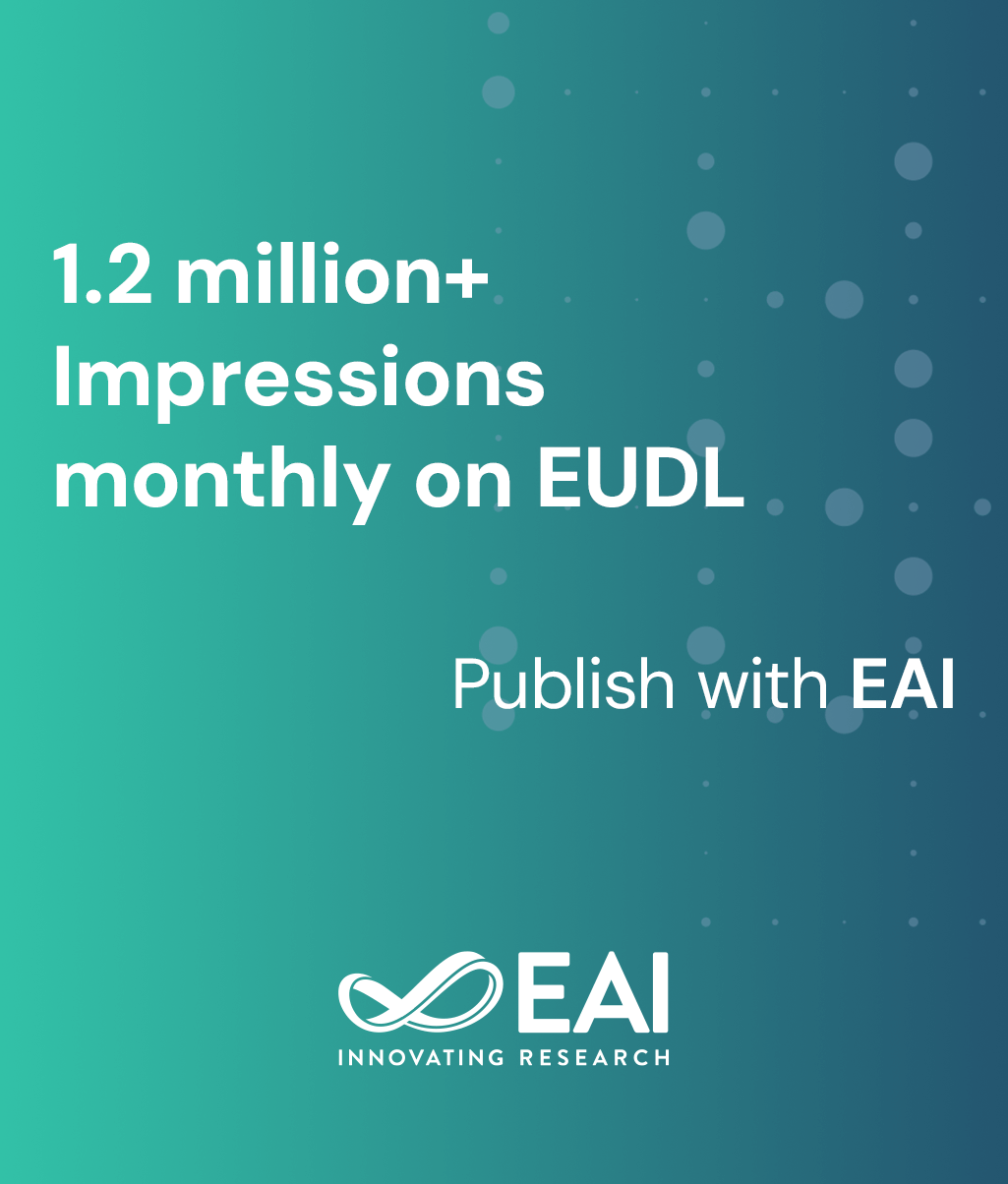
Editorial
Cloud model-based unconventional risk assessment method for flexible distribution system
@ARTICLE{10.4108/ew.9104, author={Shaotao Guo and Peng Ye and Jinhang Shan and Yi Liang and Zhentao Han and Qixiang Wang and Na Zhang}, title={Cloud model-based unconventional risk assessment method for flexible distribution system}, journal={EAI Endorsed Transactions on Energy Web}, volume={12}, number={1}, publisher={EAI}, journal_a={EW}, year={2025}, month={4}, keywords={Flexible distribution system, risk assessment, AHP-entropy weight method, cloud model, distributed resources}, doi={10.4108/ew.9104} }- Shaotao Guo
Peng Ye
Jinhang Shan
Yi Liang
Zhentao Han
Qixiang Wang
Na Zhang
Year: 2025
Cloud model-based unconventional risk assessment method for flexible distribution system
EW
EAI
DOI: 10.4108/ew.9104
Abstract
The integration of high-penetration distributed resources has led to increased complexity and uncertainty in the unconventional risks of distribution networks, posing higher demands on the risk assessment of distribution networks. This paper proposes an unconventional risk assessment method for flexible distribution system based on cloud model. Firstly, an unconventional risk assessment system for distribution networks is constructed by considering the probability of unconventional risk occurrence and the severe consequences, and an improved AHP-entropy weight method for index weighting is proposed. Then, the cloud model for risk assessment is used to quantitatively evaluate the risk level of the distribution system. The variable weight cloud model is employed to replace the traditional cloud model to provide risk indicator evaluation information. The inverse cloud generator is used to infer and correct the risk cloud model parameters, and the assessment is completed by comparing with the digital characteristics of the standard cloud model. Finally, the effectiveness of the proposed assessment method is verified through an example analysis of a certain region in China.
Copyright © 2025 Shaotao Guo et al., licensed to EAI. This is an open access article distributed under the terms of the CC BY-NCSA 4.0, which permits copying, redistributing, remixing, transformation, and building upon the material in any medium so long as the original work is properly cited.


